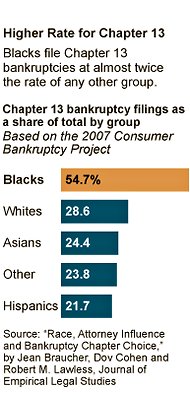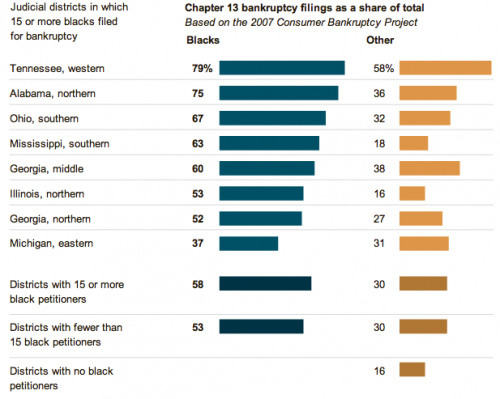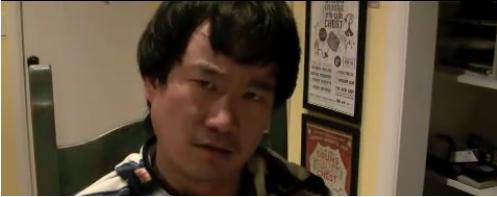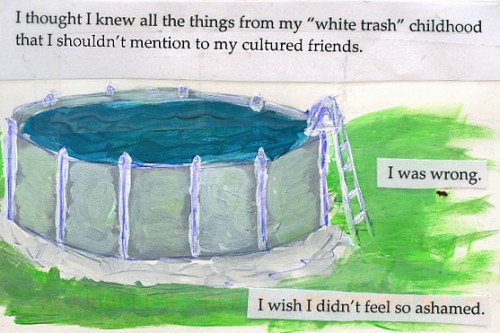(source: Google Images)
Since the inception of the Gaga machine, her message has been to love yourself, flaunt your difference, be you in a conformist youth culture. As a 20-year-old struggling for an alternative sexual expression to “sexpot”, my interest was piqued. She was young and raw, full of a singular energy that demanded attention, with a decent set of pipes… so what was the catch? The catch was the patriarchal bargain.
A patriarchal bargain, as Lisa Wade wrote in a previous post, is:
…a decision to accept gender rules that disadvantage women in exchange for whatever power one can wrest from the system. It is an individual strategy designed to manipulate the system to one’s best advantage, but one that leaves the system itself intact… Don’t be too quick to judge; nearly 100% of women do this to some degree.
Even Lady Gaga.
Gaga, as weird and anti-Britney Spears sexy as she is, still exhibits sexiness that appeals to the male gaze. At times, it is positively pornographic. That is Lady Gaga’s patriarchal bargain. Despite bucking traditional rules of femininity with innovative fashion elements, she upholds contemporary standards of beauty and sex appeal. Her method is achieved through the use of palatable distractions: telephones as headwear, shamelessly poisoning ex-lovers, and dancing in flawless skeleton makeup. Give ‘em the old razzle dazzle and they won’t even notice that she’s a skinny white woman gyrating in underwear.
Bad Romance:
Telephone:
Throughout her body of work there is a thread of what we know all too well: ass-shaking, barely-there nudity and conspicuous consumption, just in an offbeat fashion. Gaga is bonkers, but Gaga is sexy. Gaga is political and outspoken, Gaga is skinny and [often] blond. Indeed, “Mother Monster” may uplift her fans because of her affinity for oddness, but lest we forget, she is a lady and must inhabit the flesh that adheres to gender norms and restrictions, she reminds us:
“I would rather die than have my fans see me without a pair of heels on. And that’s show business.”
If you want to ride the ride, you have to pay the price. And that price is patriarchy.
—————————
Sonita Moss is a 2010 graduate of the University of Michigan with a B.A. degree in Sociology and French & Francophone Studies. Sonita hopes to receive her PhD in Sociology with a focus on the intersections of gender, race, and beauty. Whilst she prepares for the GRE, she occasionally updates her blog, Deconstructed Beauty.
If you would like to write a post for Sociological Images, please see our Guidelines for Guest Bloggers.










